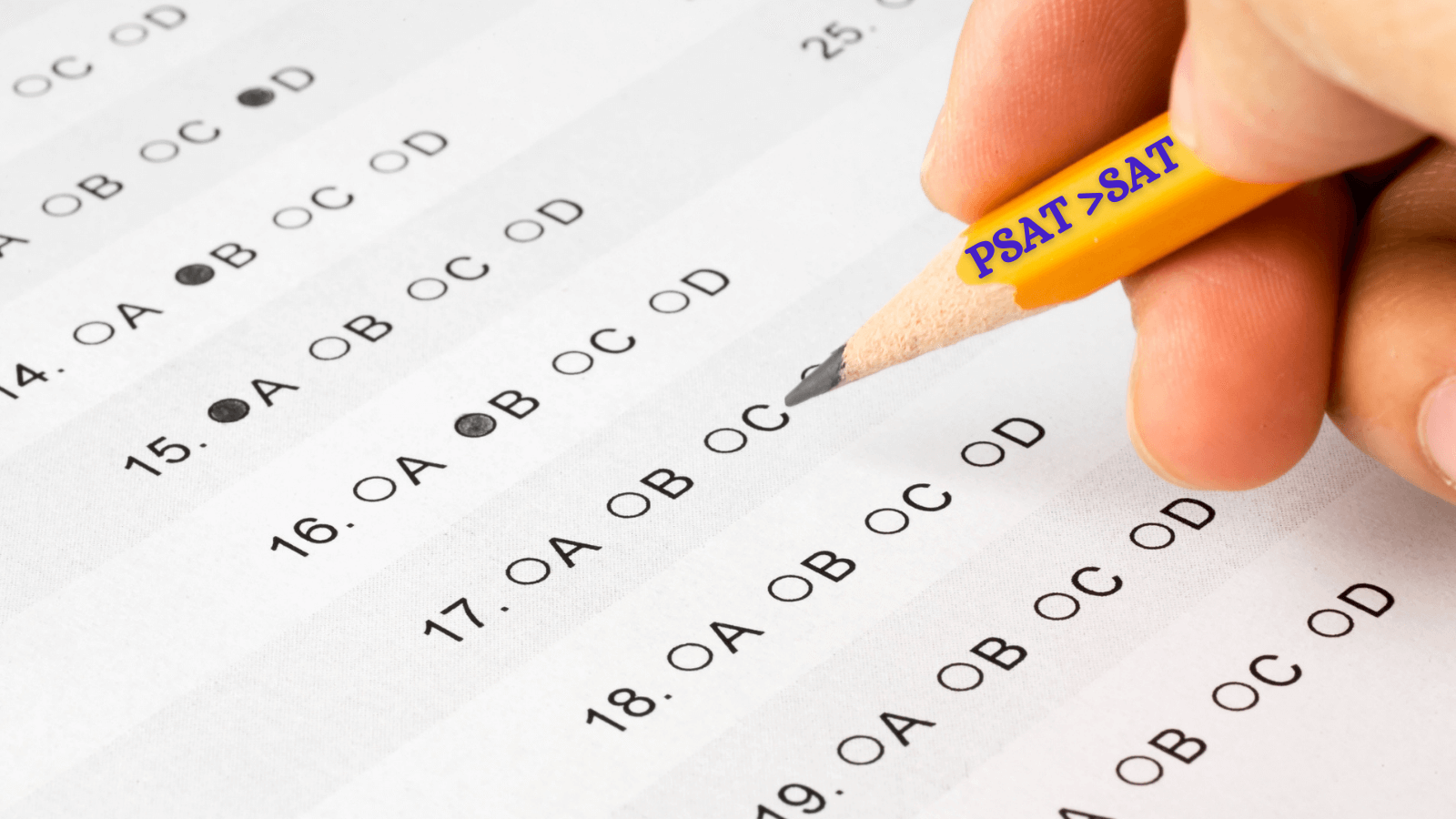Student-centric advice and objective recommendations
Higher education has never been more confusing or expensive. Our goal is to help you navigate the very big decisions related to higher ed with objective information and expert advice. Each piece of content on the site is original, based on extensive research, and reviewed by multiple editors, including a subject matter expert. This ensures that all of our content is up-to-date, useful, accurate, and thorough.
Our reviews and recommendations are based on extensive research, testing, and feedback. We may receive commission from links on our website, but that doesn’t affect our editors’ opinions. Our marketing partners don’t review, approve or endorse our editorial content. It’s accurate to the best of our knowledge when posted. You can find a complete list of our partners here.
Acceptance Rates at Ivy League Schools
 By
Savannah Dawson
By
Savannah Dawson 
Prior to coming to Scholarships360 for her first internship in 2022, Savannah utilized her campus publications by joining various fashion publications that are offered at Ohio University. One of those publications is Thread Magazine, where Savannah has had the opportunity to work on articles related to world-wide related fashion news and events, as well as articles closer to home, such as a fashion piece on Athens hometown-hero Joe Burrow. This year, Savannah also had the opportunity to be a content writing intern for Aiken House, as well as a section editor for Southeast Ohio Magazine. In 2023, Savannah served as the Chapter President of her sorority, Alpha Gamma Delta. These collective experiences, as well as her experience currently working for Ohio University’s Undergraduate Admissions, has led her to Scholarships360 and aided in her passion for helping students better understand the college admissions process and financial aid. In her free time, Savannah enjoys horseback riding, watching Formula One races, traveling, and spending time with her friends and family. Savannah will graduate from Ohio University in May 2024 with a degree in Journalism News and Information and a certificate in Italian Studies.
Full BioLearn about our editorial policies

Bill Jack has over a decade of experience in college admissions and financial aid. Since 2008, he has worked at Colby College, Wesleyan University, University of Maine at Farmington, and Bates College.
Full BioLearn about our editorial policies

If you are considering applying for one or more Ivy League schools, then you may be wondering about Ivy League acceptance rates. Ivy league schools are some of the most competitive schools in the United States with their rigorous academic and extracurricular requirements. Let’s dive into the acceptance rates at these schools!
What is an Ivy League school?
The Ivy League is a group of eight prestigious, private universities named for their athletic conference. All eight of these institutions are all highly ranked for their academics, athletics, and accomplished alumni.
Which schools are in the Ivy League?
There are eight schools in the Ivy League, which include:
- Brown University
- Columbia University
- Cornell University
- Dartmouth College
- Harvard University
- Princeton University
- University of Pennsylvania
- Yale University
Acceptance rates at Ivy League schools
The list below is arranged in alphabetical order. We linked out to the common data sets for each university. Rather than share one overall acceptance rate, we included the acceptance rates for both regular and early decision (which is included further down on the individual datasets). Columbia University is still determining their percentages, so we will update that when it is available.
Brown University
Brown University is located in Providence, Rhode Island. The acceptance rate at this university is 5.7%. The early decision acceptance rate is 18.2%.
Columbia University
Columbia University is located in Manhattan, New York. The overall acceptance rate at Columbia is 5.3%. The exact breakdown for regular and early decisions are yet to be determined.
Cornell University
Cornell University is located in Ithaca, New York. The regular acceptance rate is 9.2%. The early decision acceptance rate is 22.7%.
Dartmouth College
Dartmouth College is located in Hanover, New Hampshire. The regular acceptance rate is 6.1%. The early decision acceptance rate is 23.2%.
Harvard University
Harvard University is located in Cambridge, Massachusetts. The regular acceptance rate is 3.0%. The early action acceptance rate is 13.4%.
Princeton University
Princeton University is located in Princeton, New Jersey. The regular acceptance rate at Princeton is 4.2%. The early action acceptance rate is 13.9%.
University of Pennsylvania
The University of Pennsylvania is located in Philadelphia, Pennsylvania. The regular acceptance rate is 5.7%. The early decision acceptance rate is 18%.
Yale University
Yale University is located in New Haven, Connecticut. The regular acceptance rate is 4.7%. The early action acceptance rate is 13.2%.
Also see: All about the little ivies
Why do acceptance Ivy League rates matter?
Ultimately, acceptance rates matter most if you are really interested in attending a particular school. Ivy League schools, with their very low acceptance rates, are reach schools for almost all students. So, it’s a good idea to balance them with some schools that you have a better chance of getting into, like safety and match schools. It’s also a good idea to remember to apply to a good number of schools, no matter how much you have your heart set on that one Ivy League.
Related: 10 tips for a successful college application
So, if the chances are so low, then how do I get in?
The best way that you can understand how to get into an Ivy League school is to first choose your top schools. Then, do your research on what attributes current students at those schools have. You can look at average SAT or ACT scores, extracurricular activities, and the values that each school holds. From there, see which schools are the best fit for you, and take it from there.
Also see: All about the public ivies
Closing thoughts
If you are passionate about going to one of the Ivy League schools, you should not let the acceptance rate deter you from applying. Although competitive, the Ivy League schools use a holistic approach when it comes to looking at applicants. Therefore, you will be evaluated as more than just a student with good grades. Remember to be yourself, and your personality will shine through more than grades and test scores ever can!
Don’t miss: What are the hidden ivies?
Resources for students
Ivy League schools require a great deal of preparation and research. Luckily, we have you covered with a lot of the information that you may need. From information about Ivy League scholarships, to schools that have higher acceptance rates with Ivy League educations (AKA, the Hidden Ivies), we have everything you need and more. Good luck on your college endeavors!
Frequently asked questions about Ivy League acceptance rates
Which Ivy League is easiest to get into?
Do you need a 4.0 GPA for Ivy League?
Is it harder to get into an Ivy League school as an international student?
Related: All about Ivy Plus schools




 SAT" printed on his pencil">
SAT" printed on his pencil">
